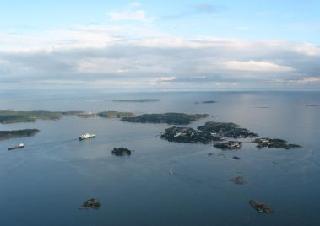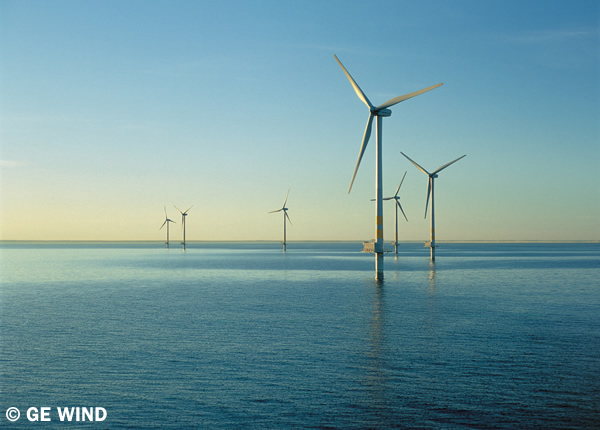Marine Spatial Planning

Spatial planning in marine areas seeks spatial solutions for the conflicting placement of e.g. navigational areas and lanes (which have to guarantee safety and easiness of navigation), tracks for electric cables (which have to be straight, and clear of shipping lanes), and conservation interest e.g. networks of marine protected areas (which have to protect species and habitats).
Marine spatial planning and the Baltic Sea
International organisations working on marine spatial planning include the Convention on Biological Diversity, UNESCO, European Commission, VASAB (Visions and Strategies around the Baltic Sea) as well as HELCOM.
In the HELCOM Baltic Sea Action Plan, which was adopted in November 2007, HELCOM Contracting Parties committed themselves to develop, by 2010, as well as test, apply and evaluate by 2012, in co-operation with other relevant international bodies, broad-scale, cross-sectoral, marine spatial planning principles based on the Ecosystem Approach.
To underline the importance of this activity, HELCOM adopted Recommendation 28E/9 on development of broad-scale marine spatial planning principles to support the implementation of this commitment.

Using an Ecosystem-based Approach, marine spatial planning provides the possibility of widening the horizon beyond purely sectoral policy measures towards integrated spatial approach within the Baltic marine area. Marine spatial planning also enables the HELCOM Contracting Parties to take into account the development opportunities and environmental threats which arise in the individual Baltic sub-regions. Beyond that, it would function as a positive example of proactive and innovative regional co-operation. By providing an easy overview of the nature values and uses, spatial representation in the form of cross-sectoral activity maps/plans would also facilitate broad public participation in the discussion on decisions at Baltic level, and their impact on the Baltic environment and its sustainable use.
Links:
HELCOM Recommendation 28E/9: Development of broad-scale marine spatial planning principles in the Baltic Sea area
Project description for HELCOM SCALE: Development of HELCOM broad-scale marine spatial planning principles for the Baltic Sea area
Outcome of the 2008 HELCOM Stakeholder Conference which included an participatory activity on marine spatial planning.
The INTERREG IIIB BALANCE Project has produced data and tools for nature conservation and sustainable development through spatial planning in the Baltic Sea
MSP and the Irish Sea Pilot Project
MSP and the Great Barrier Reef
UNESCO’s Ecosystem-based Marine Spatial Management Initiative

Last updated: 7 August 2008

